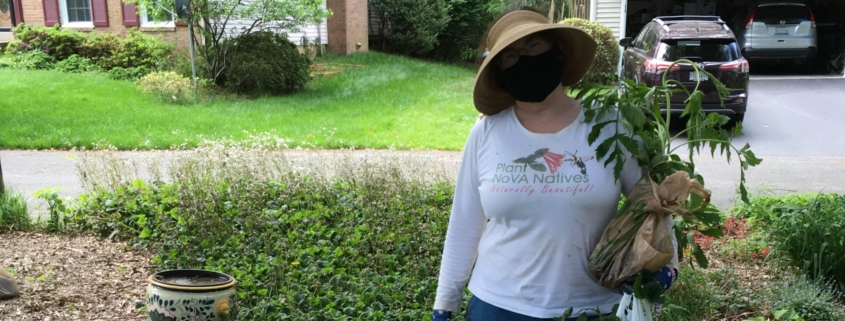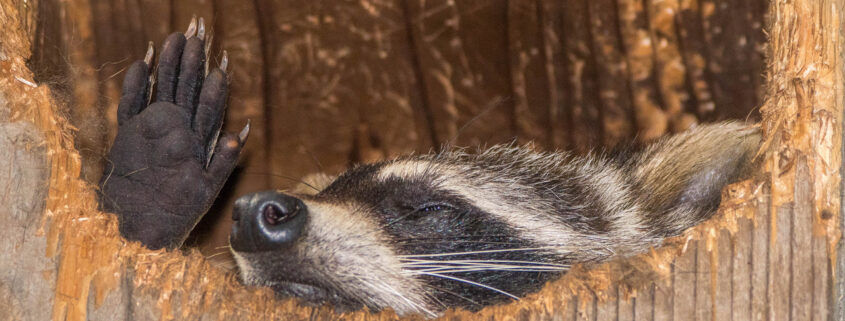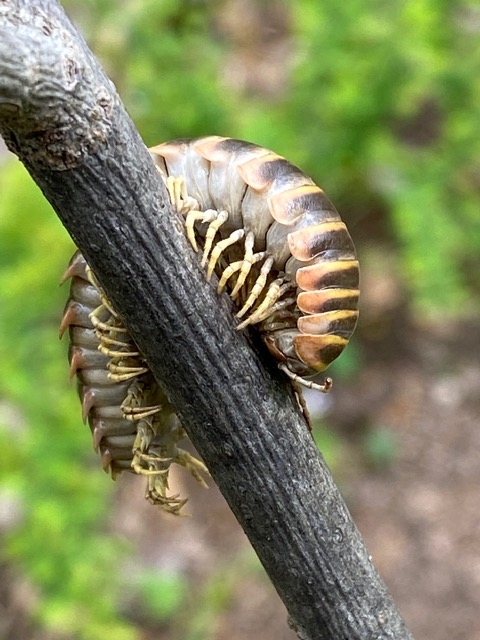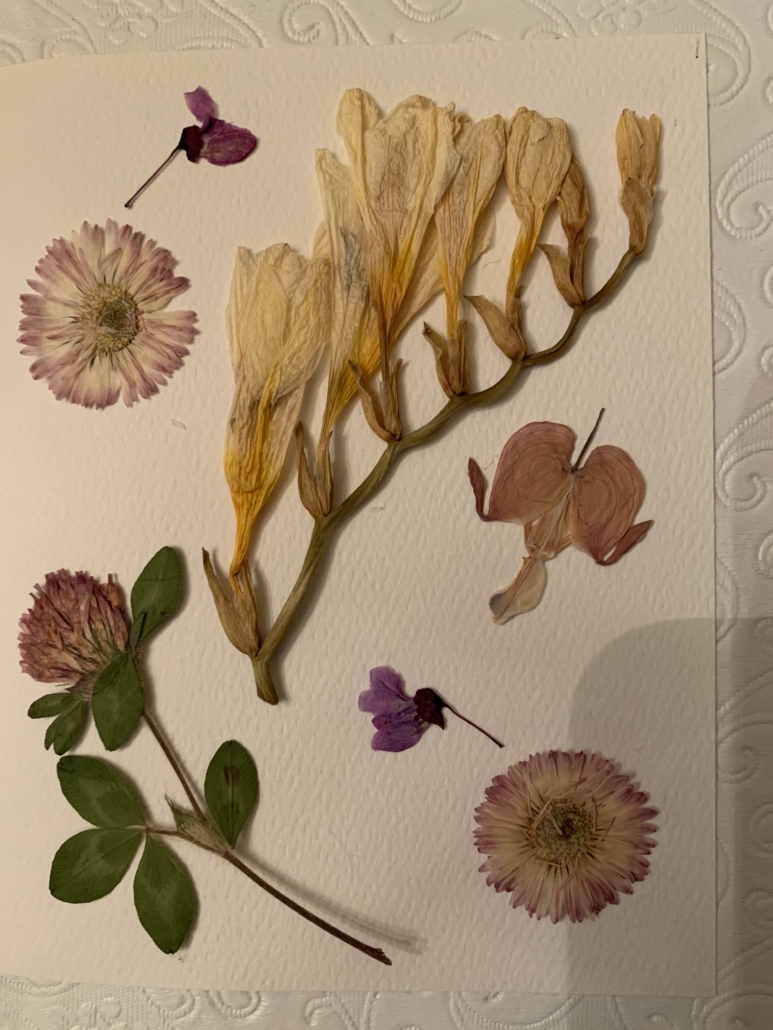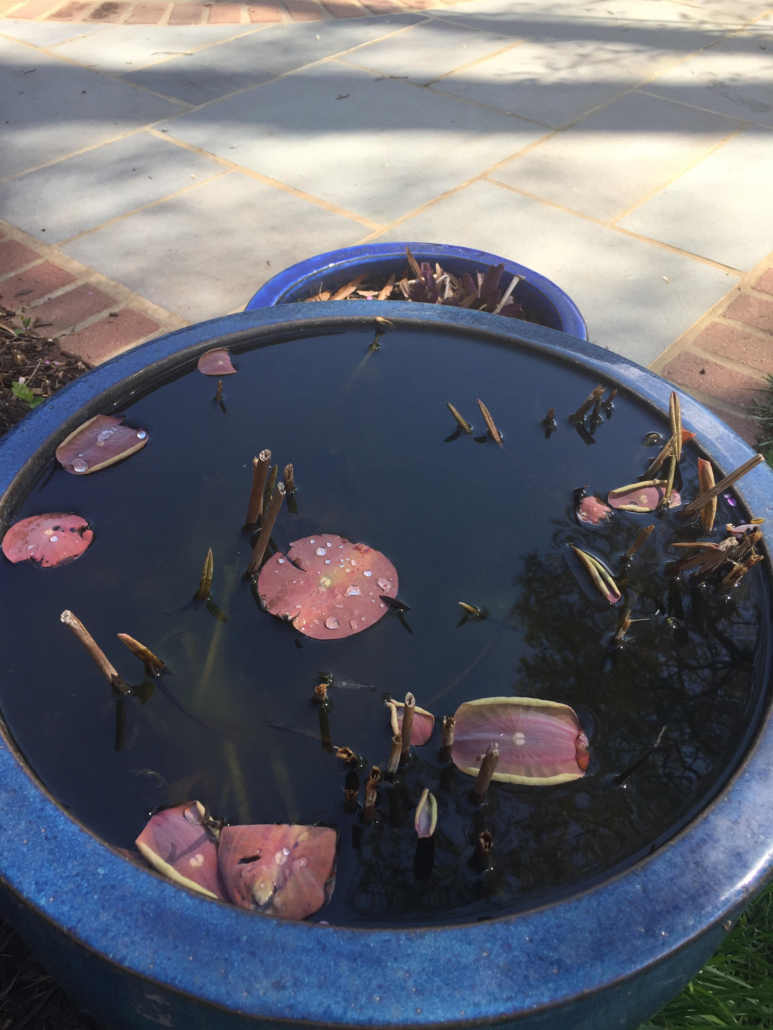Nature in Isolation: Fairfax Master Naturalists find things to do during the pandemic, Part II

Claudia Thompson-Deahl recommends signing up to start a Sit Spot routine. A Sit Spot is a place on the land that you go to every day or several times a week. It is your special spot that is kind of like an anchor where you get to watch all that is going on in nature over the course of the year. You might sit on a rock, lean against a tree, up on a hill, etc. It is a place where you sit quietly, observe, interact and get to know the land on a deeper level. Subscribing provides daily emails for 14 days. Read the email, then go to your Sit Spot and do the daily nature activity. Claudia observes, “It’s been a really great way to start each day and these posts are a great inspiration.”
Mike Walker: Being confined to my home and having to cancel all time consuming outside volunteer activities, coincided with this long, cool spring and has evolved into a wonderful opportunity to examine closely my quarter acre corner of the universe, just like Thoreau did at Walden Pond. I have lived in my home for over 30 years but having much more time (and newly cleaned windows) has shown me many signs of nature that I had never seen before. By keeping the bird feeder filled into late May, I have been rewarded with visits from many bird species right outside my dining window. Just today a Rose Breasted Grosbeak, tufted titmouse and Black-capped nuthatch had breakfast with me. Maybe they were always around, but more time at the window means more interesting sightings.
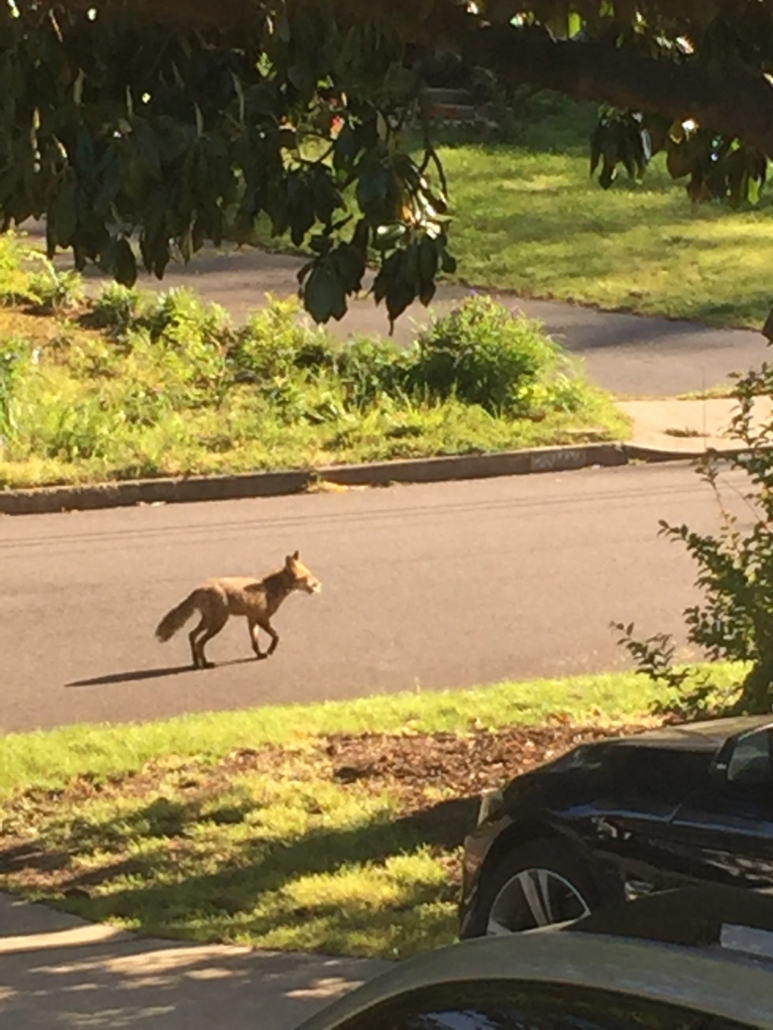
Two fox families are also in the neighborhood, one a block away with six hungry kits. Mother or dad pass through several times a day, I know of at least 5 squirrels that won’t try to rob my bird feeder anymore.
As I patrol my shrub and flower beds with more time on my hands, I am more aware of individual plant phenology, particularly given the cool spring and chilly nights. Watching the rapid spring growth of cool tolerant shrubs like the hollies and winterberry is amazing. I am in Year 8 of a battle to eradicate the six types of bamboo I cultivated (yes, willingly) for my koi pond. I lost the battle to “control” it and resolved to remove the bamboo before it and my wife and neighbors removed me. I am “down” to about 500 pencil-thin shoots that I trim back daily, finding the occasional 3 foot renegade hidden within a shrub when on bamboo patrol. My goal is to deprive the roots of any chlorophyll. I cautiously hope I am winning!
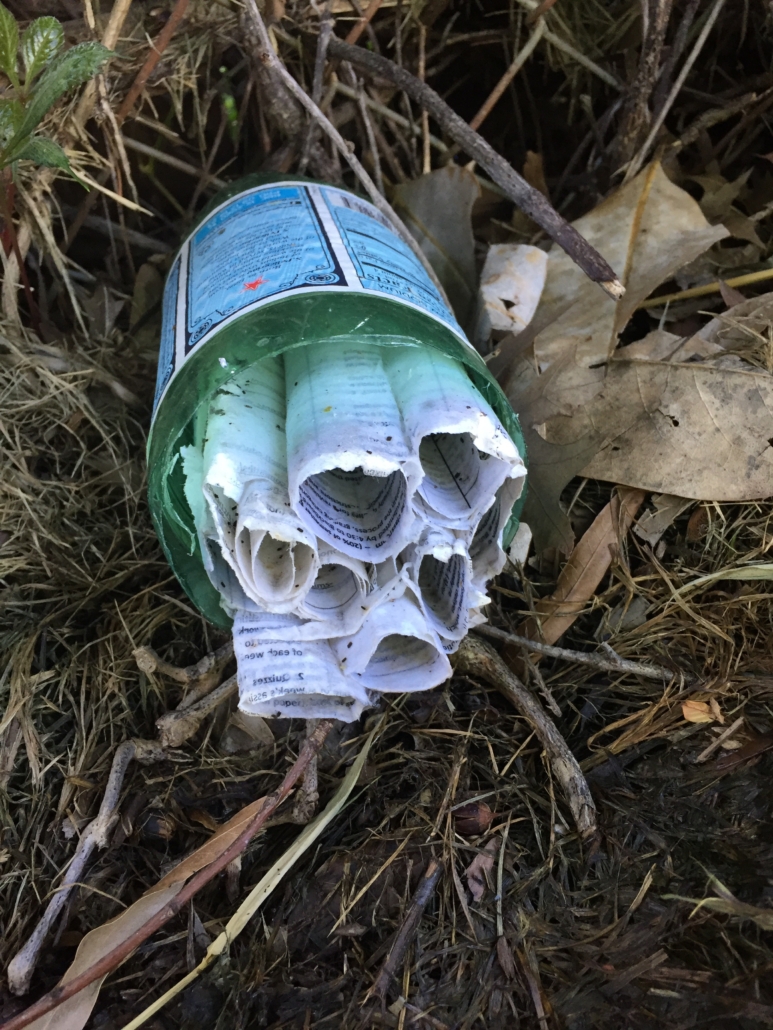
Using instructions from Google, I have made multiple Mason Bee Houses (try it – help our native bees) and my compost bin door is left open so the wrens and chickadees can harvest the many insects for their nestlings. I am hopeful that the many bags of leaves from my yards and my neighbors that cover the perimeter of my property will reap a huge harvest of Fireflies in June.
Like Thoreau or Aldo Leopold, taking the gift of time to watch, be be aware, to listen, puts me closer to the natural world that exits right outside my kitchen door. I am making the most of this gift of time.
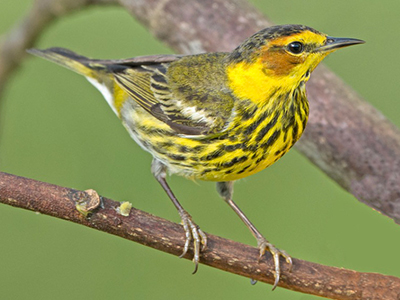
Janet Quinn: I saw my first warbler! After watching Bill Young’s Audubon Society of Northern Virginia’s two webinars on Spring Warbler Plumage and Behavior, and viewing his webpage mpnature.com, I traveled to Monticello Park in Alexandria with binoculars and mask. Although I had to ask my fellow birders what I was seeing, I will always remember the brightly yellow-hued Cape May in the honeysuckle bush along the stream. On a second trip, an American Redstart sang cheerfully on a branch right above my head. Although there were many flits and shadows in the bushes and trees I could not identify, I am grateful for the opportunity to be able to learn about and experience these tiny natural wonders.
Beverly Rivera: I am using this ‘calmer’ time to improve other aspects of my life. For years, I have complained that my household throws away too much food, but now with more leisure time, and with my family captive to meal-planning meetings, we are using up everything, spending a lot less on food, and throwing away (or composting) far less. I also repurposed pieces of fabric and sewed napkins and cleaning cloths so that we have cut back on the use of paper towels to almost zero (and the timing couldn’t have been better).
I’ve also come to notice that you can still tell that someone’s smiling even though they’re wearing a mask. Everyone is going through a lot at the moment and a friendly ‘Good Morning’, a smile and a wave can go a long way to making someone’s daily routine more enjoyable.


